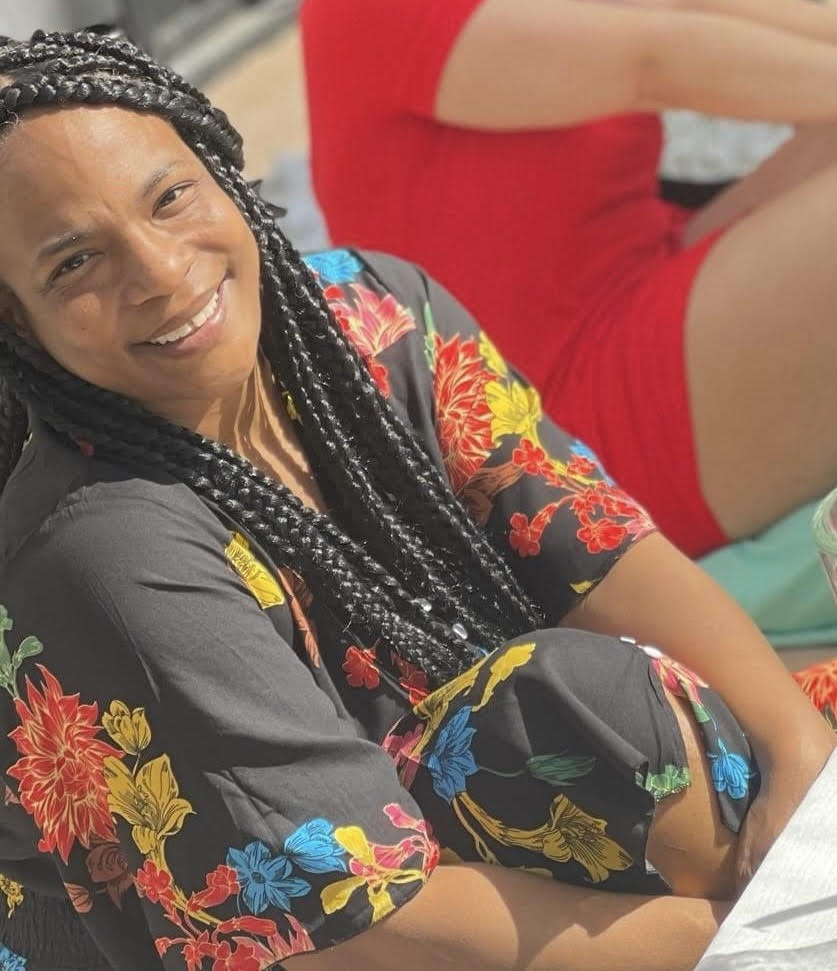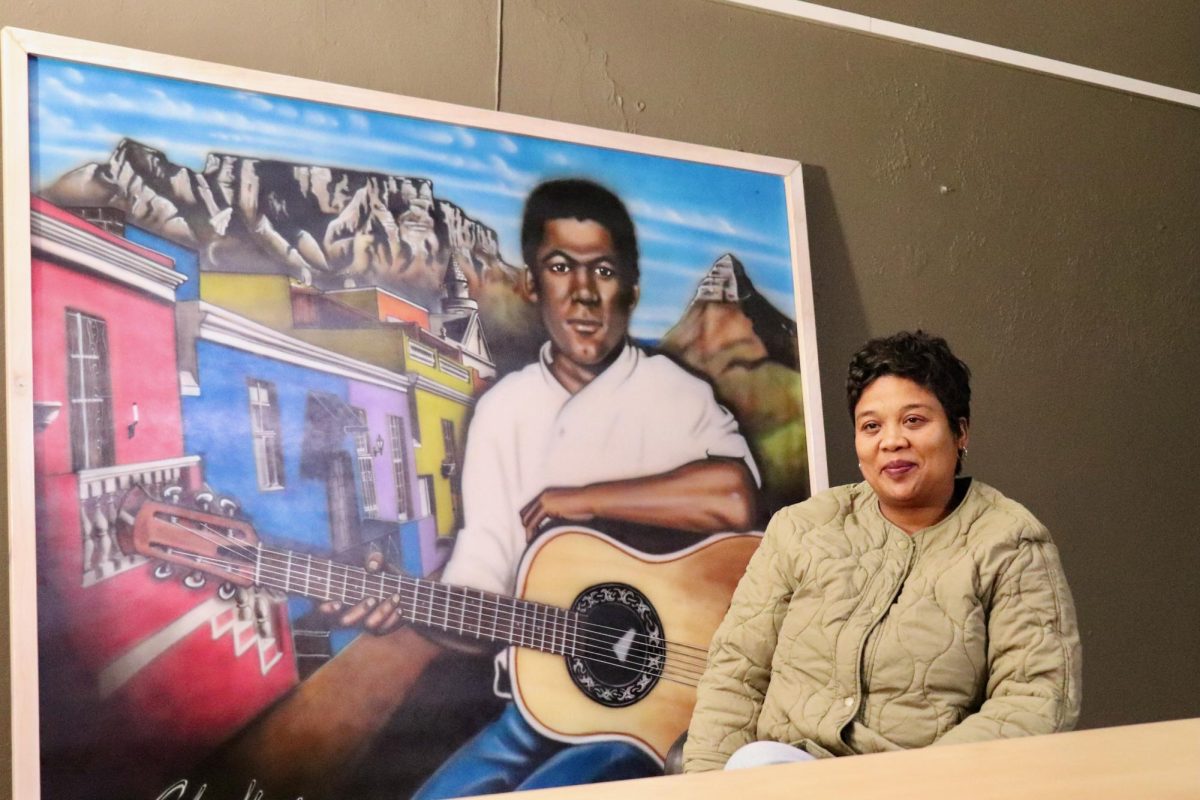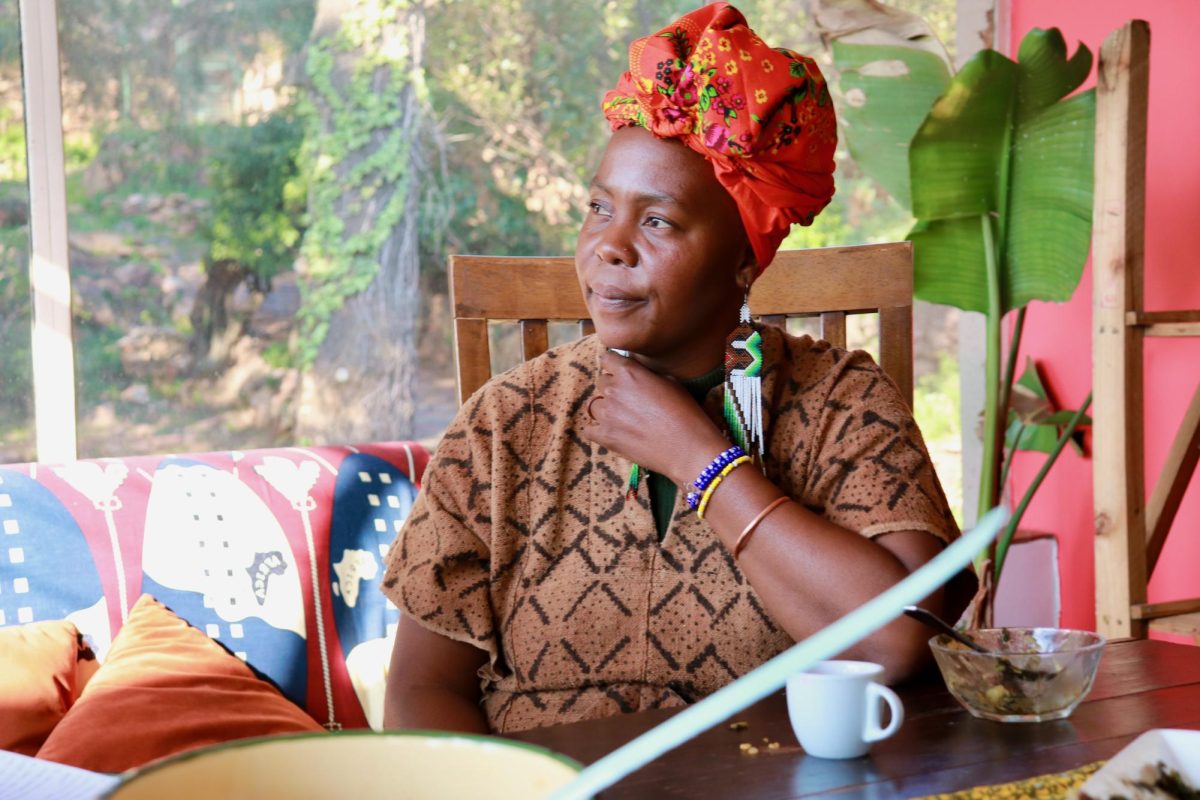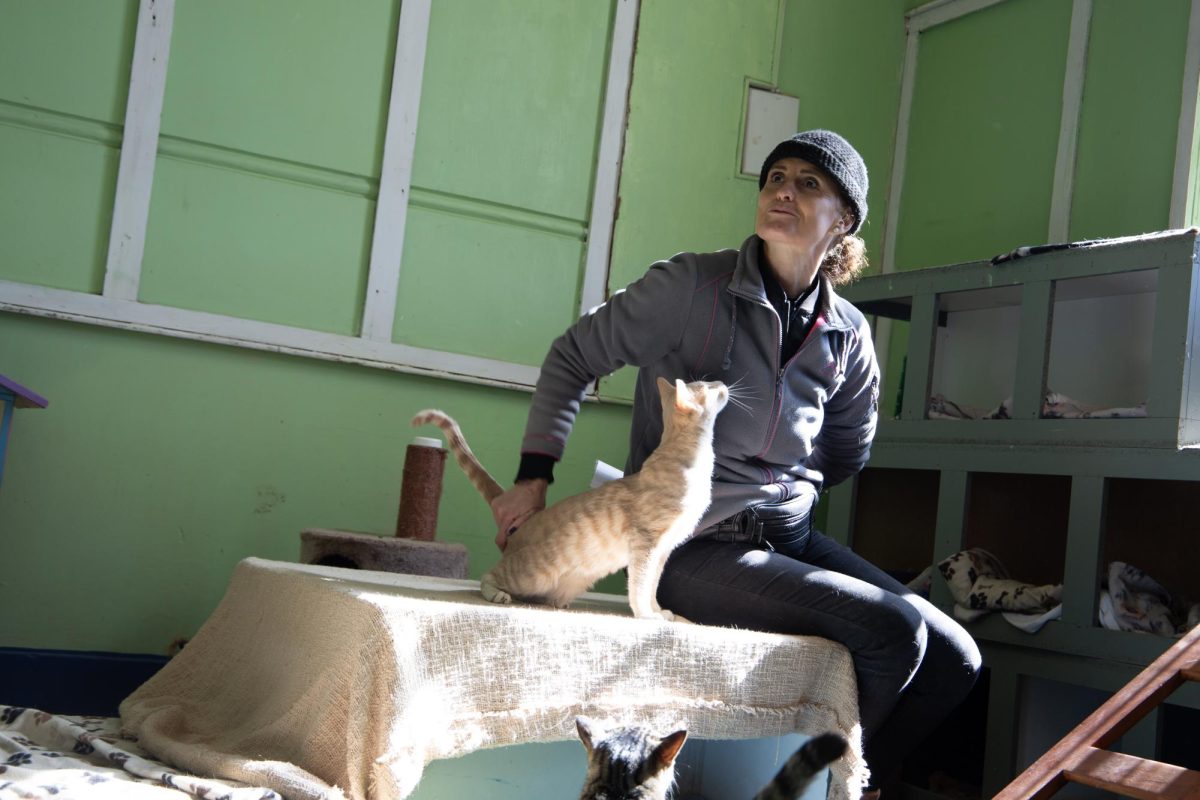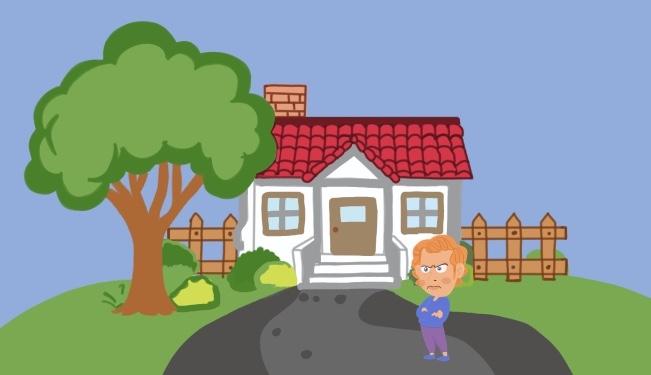When Jackie Moyer ’23 was first approached by her parents to try therapy, “it felt like the worst thing in the world that could happen to me,” Moyer said.
Moyer is not alone in that feeling, as therapy often has a negative stigma attached to it. According to Bryan Robinson, Ph.D., in an article he wrote for Forbes, 47% of Americans believe that seeking therapy is a sign of weakness.
For young people, that stigma seems especially profound. In 2019, only 11% of people ages 18-44 received counseling or therapy from a licensed mental health professional, according to the Centers for Disease Control and Prevention (CDC).
For many young people, though, therapy works. According to Greg Nicholls, Ph.D., director of Counseling and Psychological Services (CAPS), a pre-session questionnaire showed that 37% of students indicate they are feeling better just since making the appointment.
“So just the act of making an appointment and following through makes a positive difference for over 1/3 of students coming to see us,” Nicholls said.
After using CAPS, Maggie Tyndall ’22 said she was left wondering why more students aren’t seeking therapy.
“Why are we so afraid to seek help when we simply need it?” Tyndall said. “Our society makes it so shameful. It’s a systemic thing to not seek help.”
Moyer said she feels that just in the few years since she began therapy, it is now becoming more accepted and talked about.
“Therapy is not something where people get immediately uncomfortable talking about it anymore,” Moyer said. “It could be the maturing of myself and my friends, or maybe it could be the growth society has made where we’re becoming more open about it.”
Nicholls said he has seen a shift in students’ opinions of therapy in the CAPS post counseling satisfaction survey which is administered at the end of someone’s counseling period.
“We’ve seen the scores change over time, where fewer students see it as a sign of weakness to come in,” Nicholls said. “It’s probably the reason why we got a lot busier than we used to be.”
Nicholls also said there has been a shift in the number of students coming from each class year, particularly an increase in first-year students, citing the pandemic as a possible cause.
“We’d always see fewer freshmen, especially in the first semester. We’d see more seniors and juniors struggling and not as many freshmen until toward the end of the semester,” Nicholls said. “It totally changed this past fall. We saw more freshmen than any other class.”
According to the CAPS website, an average of 600 students per year seek individual counseling. Sara Cziraky ’22 said she has had success with her own mental health after visiting CAPS.
“It’s noticeable in myself when I haven’t seen them for a while,” Cziraky said. “It’s just nice to dump your tension on someone who won’t judge you for it, and I don’t feel like I’m burdening someone.”
Nicholls said the catharsis after being listened to in a non-judgemental way is the bedrock of CAPS.
That is what keeps Tyndall going back.
“I still have bad days,” Tyndall said. “But every day is a battle that I’m willing to fight because I know I have resources.”
CAPS offers both Zoom and in-person scheduled sessions for students, as well as drop-in hours from 11 a.m.-12:30 p.m. in LaFarge Hall and 3-4 p.m. in Merion Gardens.












